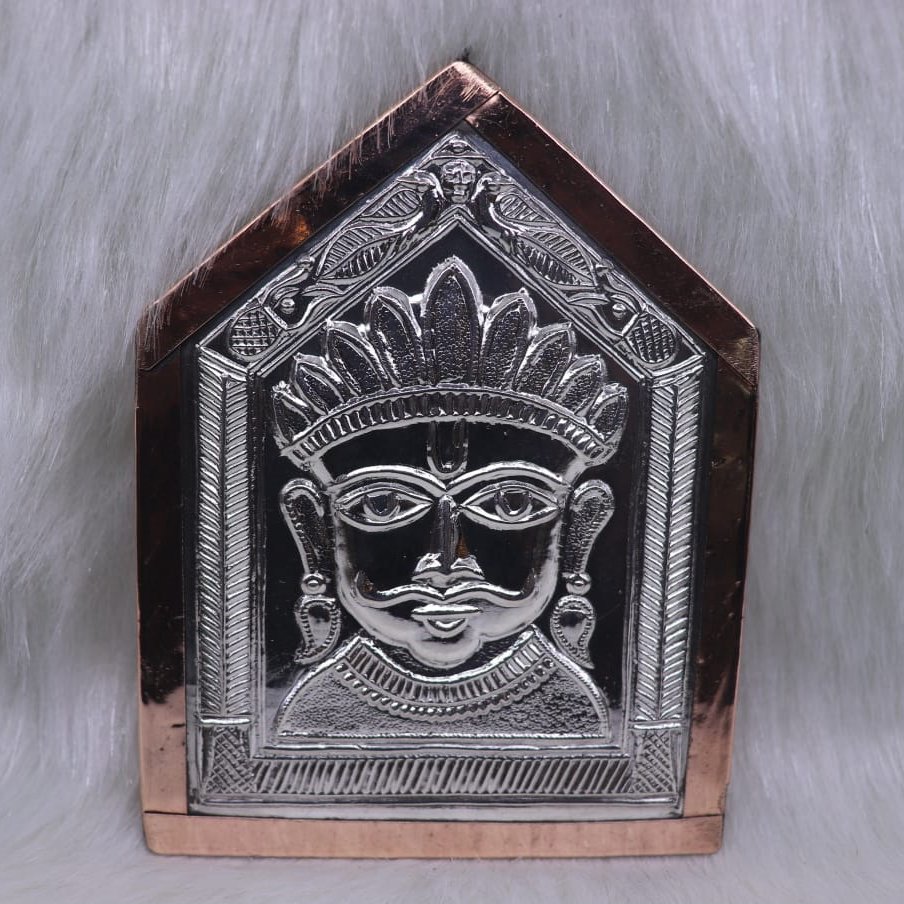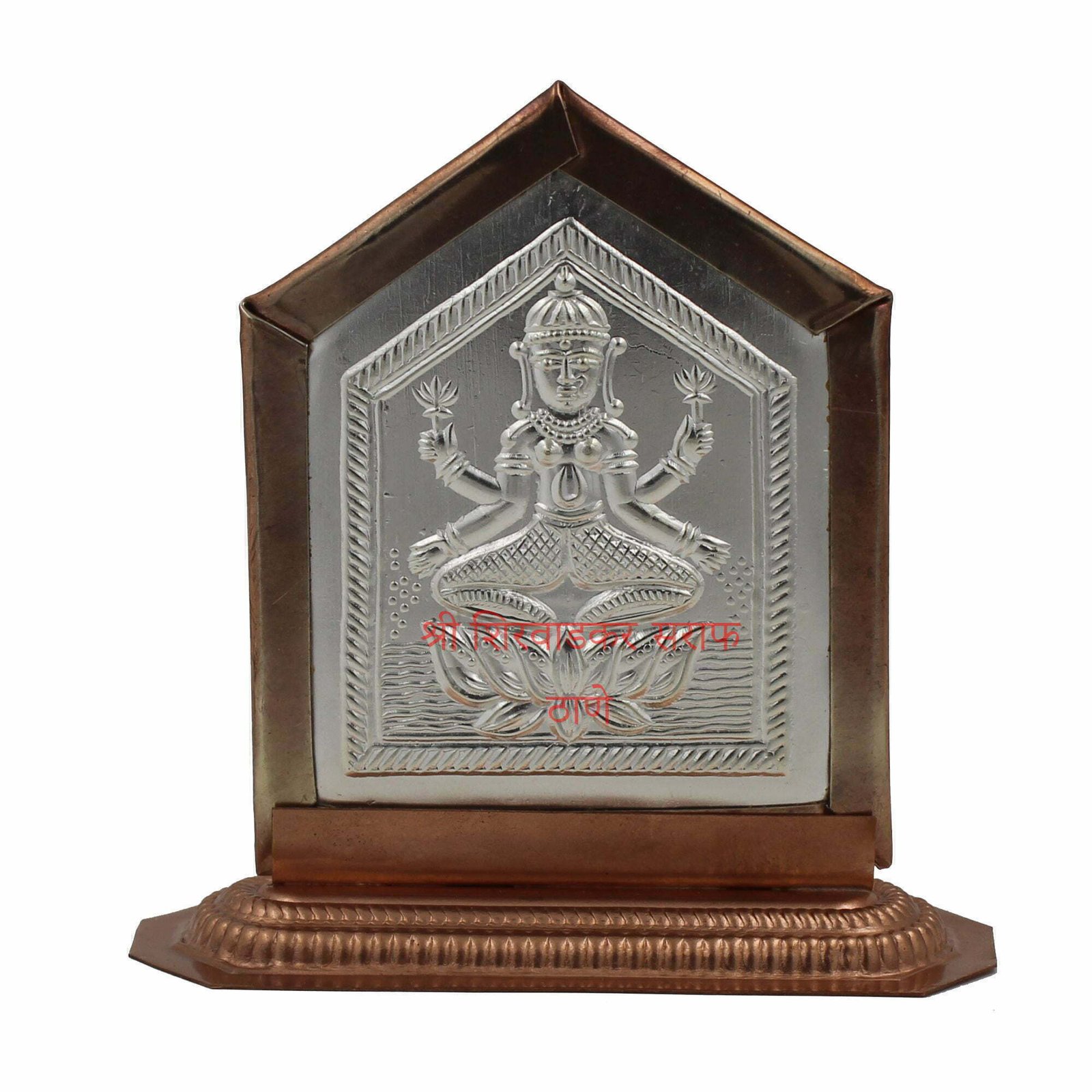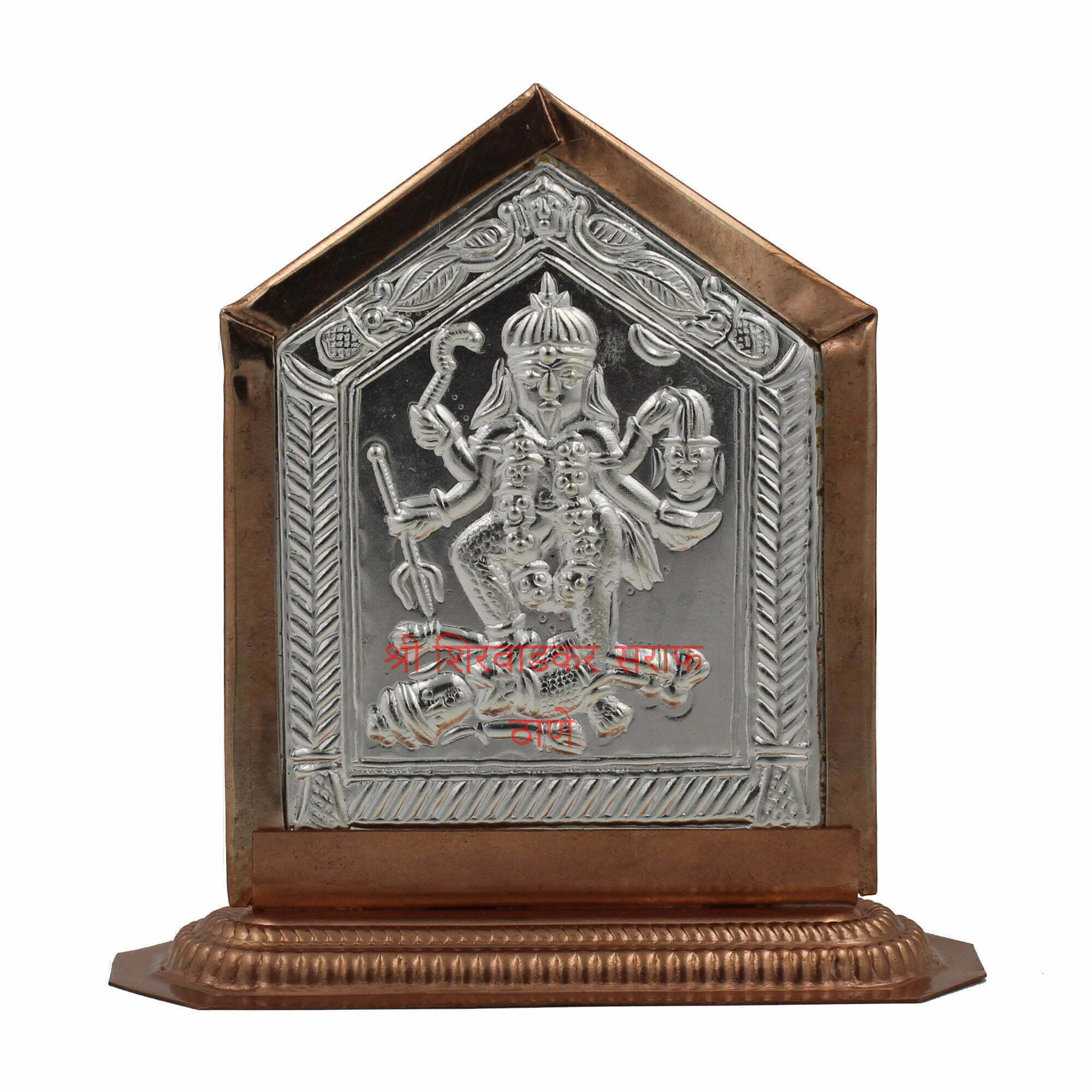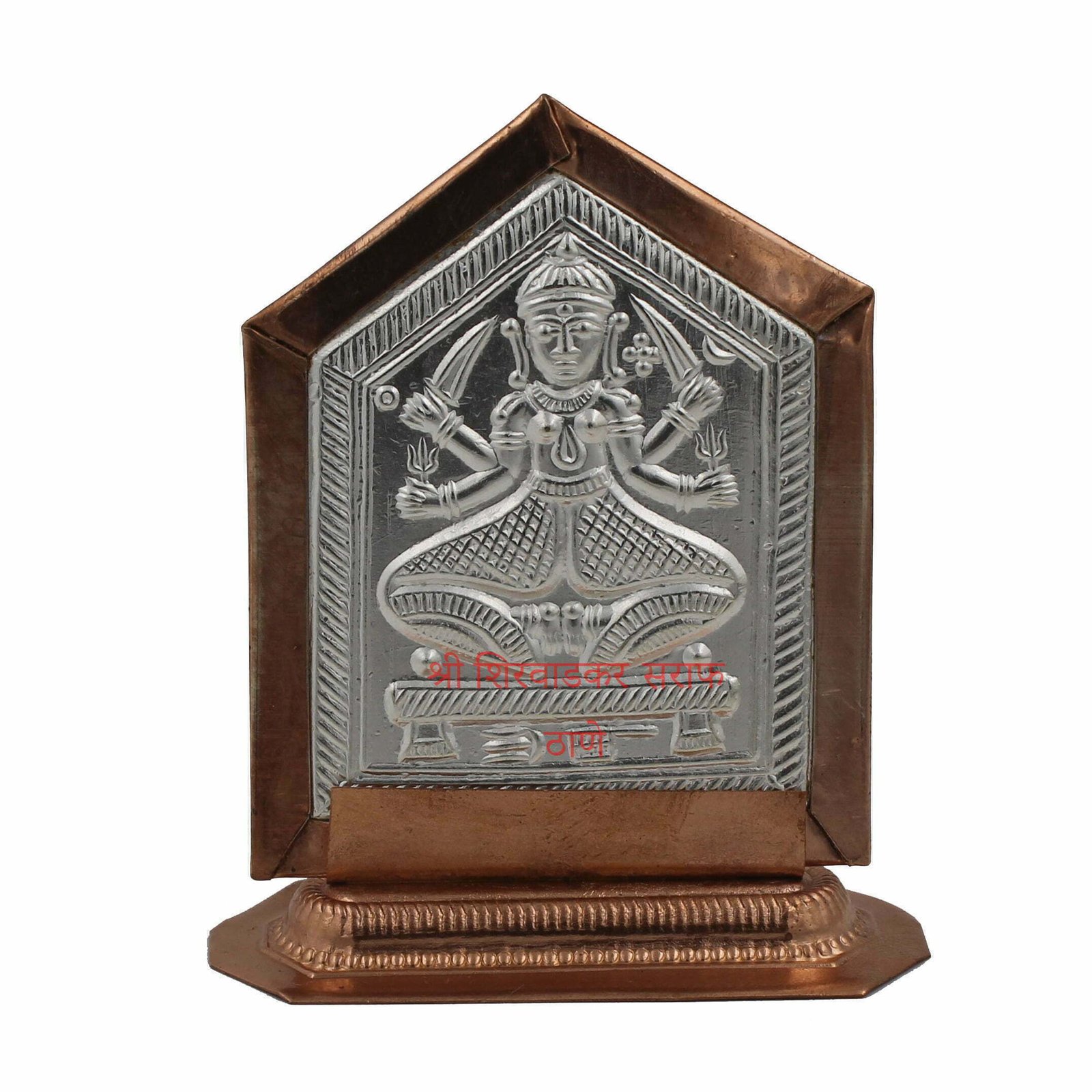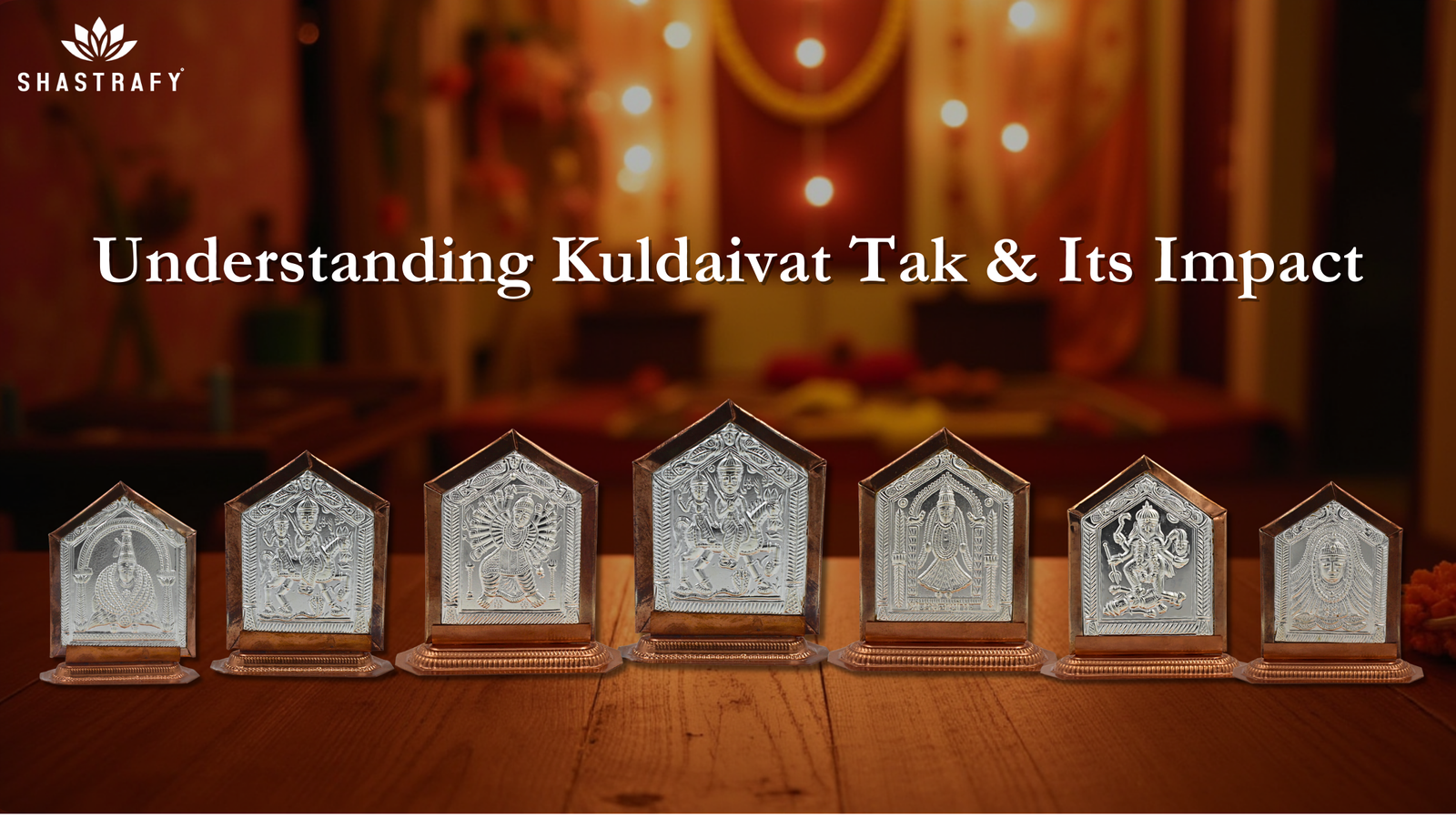
Kuldaivat Tak and Its Importance
Kuldaivat or Kuladevata, Kulaswami or Kulaswamini refers to the specific deity worshiped by a particular family lineage, following a tradition that has been passed down through generations. This specific deity is regarded as the family deity or Kuladevata of that household. Just as each village has its own Gramadevata or village deity, every family lineage has a specific Kuladevata. The family worships this deity on all auspicious occasions, and there is a tradition of offering “Mahanivedya” (a grand offering) to the family deity on certain designated days. This practice is referred to as “Kuladharma.”
Table of Contents
ToggleIn Hinduism, it is a tradition to begin any auspicious event by first worshipping Lord Ganesha, the remover of obstacles. After that, we remember our family deity (Kuldaivat) and perform their worship through the sixteen-step ritual (Shodashopachara). We then express our desires and wishes in front of them.
Kuldaivat refers to the deity that protects the family lineage, or Kuladevata. The traditional knowledge about these family deities has been passed down from our ancestors and will continue to do so for generations. Naturally, one may wonder about the origin of the Kuldaivat — when and how it originated. If we carefully examine our lineage (Kula) and clan (Gotra), we find that our ancestors were likely sages (Rishis). Our Kula and Gotra are named after these sages. For example, Koundinya, Jamadagni, Vashishta, Makadeya, Bharadwaj, Agastya, Pulastya, Vibhāndik, Parāshar, Kashyapa, and so on. These sages used to reside in forests, in their respective ashrams.
Although the sages considered the five elements (Panchamahabhutas) as forms of God, they also worshiped certain deities as invisible powers. Over time, these deities came to be regarded as the family deities (Kuldaivat) of specific lineages. To bring these deities into a tangible form, they began carving idols in pentagonal stones, which they would then worship. Gradually, these stone-carved idols were consecrated (Pranpratishtha) in temples. Meanwhile, in home shrines, the deities were represented through metal idols for daily worship.
Along with the creation of idols, the tradition of building shrines or sanctuaries (Tak) for the family deities (Kuldaivat) also began. These shrines were typically pentagonal in shape, though their sizes varied based on individual customs and were installed in home temples. Each family has its own distinct Kuldaivat or Kuladevata. For instance, deities like Malhari Martand (Khandoba) or Bhairoba are considered the Kuldaivat of the four varnas. Khandoba is especially revered as a family deity across various social classes, including Brahmins, Kshatriyas, Vaishyas, and others.
Bhairoba or Bhairavnath is also considered an incarnation of Lord Shiva. He is known by many names, such as Bhairoba, Bhairudev, and Bhairi Bhavani. In this context, “Bhairi” refers to Shiva (Shankar), and “Bhavani” refers to Goddess Bhavani of Tuljapur. This represents the union of the family deity (Kuldaivat) and the family goddess (Kulaswamini). In addition to this, some families also have shrines (Tak) dedicated to their village deity (Gramadevata), protector deity (Rakshak), and ancestral forefathers (Mul Purush).
Kuldaivat Silver Tak Collection
- Select options This product has multiple variants. The options may be chosen on the product page
- Select options This product has multiple variants. The options may be chosen on the product page
- Select options This product has multiple variants. The options may be chosen on the product page
- Select options This product has multiple variants. The options may be chosen on the product page
- Select options This product has multiple variants. The options may be chosen on the product page
- Select options This product has multiple variants. The options may be chosen on the product page
- Select options This product has multiple variants. The options may be chosen on the product page
- Select options This product has multiple variants. The options may be chosen on the product page
- Select options This product has multiple variants. The options may be chosen on the product page
It is essential to have five shrines Tak in your home temple: Kuldev (family god), Kuldevi (family goddess), Gramdaivat (village deity), Rakshak (protector), and Veer (heroic figure).
When considering family deities (Kuldevata or Kulaswamini), their original forms are the primordial goddesses Parvati, wife of Shiva, and Mahalakshmi, wife of Vishnu. These primordial energies (Adi Shakti) have taken many forms over time to ensure the welfare of humanity by destroying evil and unrighteous forces. This is explained in ancient texts like the Durga Saptashati and Shri Sukta. The three and a half Shakti Peethas of the Adi Shakti are Kolhapur’s Mahalakshmi, Tuljabhavani, Renuka Mata of Mahur, and Saptashrungi on Saptashrung Gad.
Apart from these family deities (Kuldevata), Tak shrines for goddesses like Mhalsai, Ambejogai, Vindhyavasini, Ekvira, Ashapuri, Nagai, Manudevi, and Dhanai-Punai can be seen in many households. The creation of these Kuldevata shrines (Tak) follows traditional methods and is commonly made from silver and copper. Silver is considered a sattvic (pure) and sacred metal. It has a cooling effect, while copper possesses warmth. The combination of these metals helps maintain a balance between coolness and warmth, which is why silver and copper are frequently used in the creation of these shrines Tak.
For the idols on the Kuldevata shrines (Tak), a silver sheet is used, and it is supported by a copper sheet at the back. A hollow space is created between these two sheets, and since there is a chance of water seeping in during worship, this hollow space is filled with lac (a type of resin), making the Tak solid and durable. This traditional method of creating Tak ensures that water does not enter the shrine during worship. This age-old process of making Tak is still in practice today, preserving the longevity of the Kuldevata shrines, allowing them to be used across generations without wear or damage.
1. What is a “Tak”?
Tak refers to the idols or images of your family deities (Kuldevata).
2. What are your Kuldevata and Kuldharma?
Kuldevata refers to the deities of your family lineage, and performing their worship and rituals is known as Kuldharma.
3. Do you know who your Kuldevata (family god and goddess) are? Do you visit your family deity every year?
If you are unaware of your family deity, you should find out which goddess is worshipped in your lineage.
4. Did you know that it is essential to have a Tak (a silver image of your family deity) in your home?
In your home temple, you may worship various gods and keep their idols or photos. However, many overlook the importance of worshipping the Kuldevata. Worshipping your family deity is very important as it is part of Kuldharma, a family tradition. This practice ensures that the blessings of the Kuldevata remain upon everyone in the family.
5. Did you know that when a son or daughter’s marriage is about to take place, it is essential to renew your family’s deities?
During auspicious occasions in the family, it is necessary to renew the Tak. Additionally, attention should be paid to the following:
- If the idol is damaged or cracked.
- If the nose or eyes are worn out.
- If the lacquer is coming out of the worn parts.
- Check if the idol is broken.
In such cases, it is essential to create a new Tak.
6. What types of Tak are there?
a) Traditional Tak:
Traditionally, Tak is pentagonal. The front part is made of silver, and the back part is made of copper. Since the silver sheet is thin, lac is filled inside to prevent it from being crushed. These Tak are lightweight.
b) Solid Silver Tak:
Due to modernization, some Tak are made entirely of silver without filling with lac. These last longer without the fear of damage.
c) Solid Silver Tak with Stand:
Solid silver Tak are given a stand for support, which makes them stable in the home temple and prevents them from falling.
d) Handcrafted Large Tak:
Some families have a tradition of using large Tak. These are intricately handcrafted, making them visually beautiful. They are typically at least 4.5 x 3.5 inches in size.
7. What Tak should be present in your home temple?
The five essential Tak to have in your home temple are:
- Kuldevata (family god)
- Kuldevi (family goddess)
- Bhairavnath (protector of the gods)
- Gramdaivat (village deity)
- Veer (protector).
8. What is the significance of replacing old Tak with new ones?
Once a Tak is damaged, keeping it in the house is considered inauspicious. Therefore, it is important to replace old Tak with new ones.



